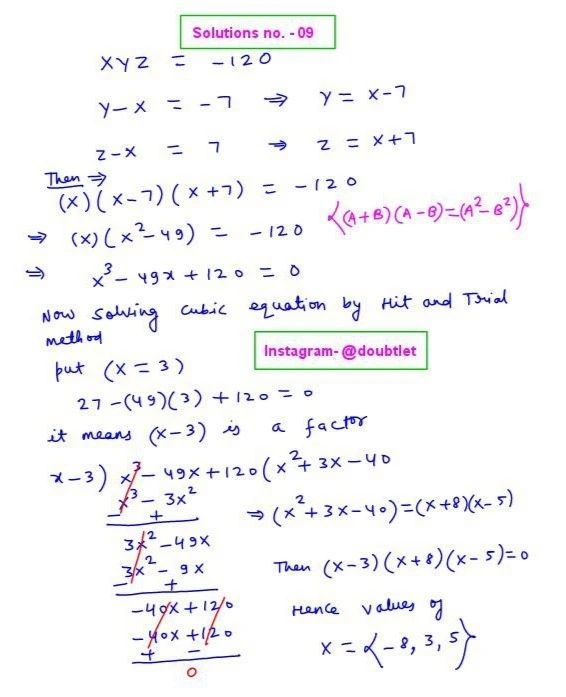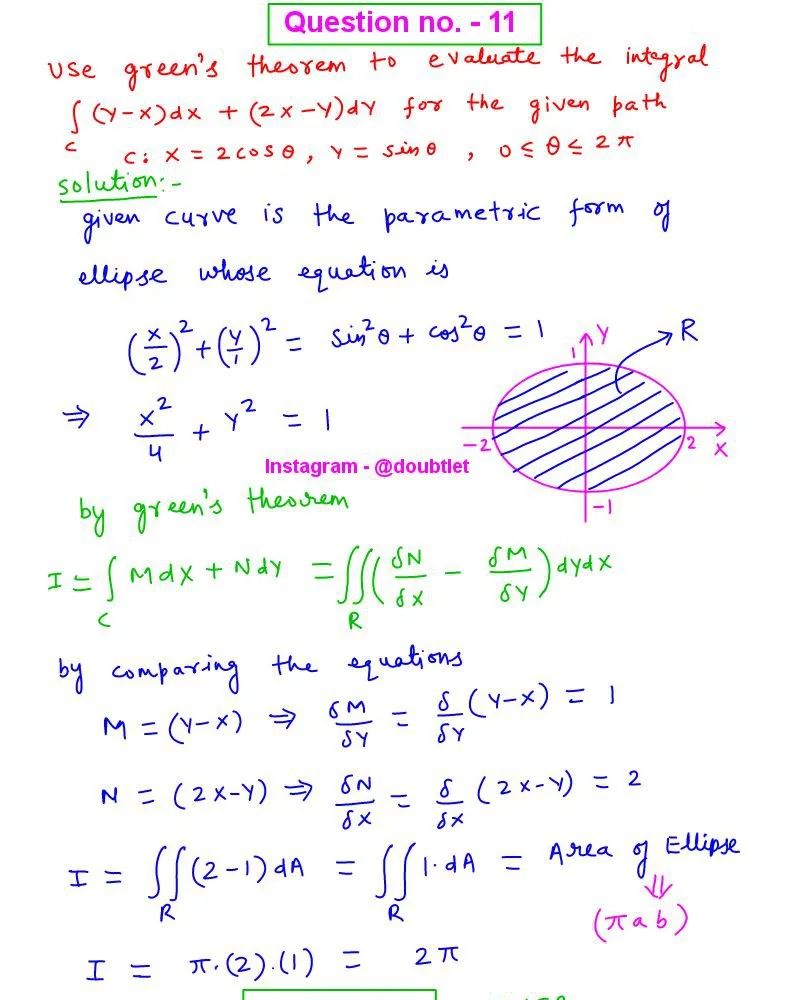









The following ordinary differential equation is called the Gompertz equation, which is used to model population growth:
Here, and are constants known as the growth rate and the carrying capacity, respectively.
a) Use the method of separation of variables to solve the ordinary differential equation for an initial population .
Hint: Integration by substitution may be required when solving this equation!
b) What is the limit of this solution as ?
The following ordinary differential equation is called the Gompertz equation, which is used to model population growth:
Here, and are constants known as the growth rate and the carrying capacity, respectively.
a) Use the method of separation of variables to solve the ordinary differential equation for an initial population .
Hint: Integration by substitution may be required when solving this equation!
b) What is the limit of this solution as ?
Question :
The following ordinary differential equation is called the gompertz equation, which is used to model population growth:
here, and are constants known as the growth rate and the carrying capacity, respectively.
a) use the method of separation of variables to solve the ordinary differential equation for an initial population .
hint: integration by substitution may be required when solving this equation!
b) what is the limit of this solution as ?
Solution:

Neetesh Kumar | April 13, 2025
Differential equation Homework Help
This is the solution to Initial Value Problem
Contact me if you need help with Homework, Assignments, Tutoring Sessions, or Exams for STEM subjects.
You can see our Testimonials or Vouches from here of the previous works I have done.
Step-by-Step-Solution:
Part a: Solving the Differential Equation
We are given the Gompertz equation:
Step 1: Separate the variables
We need to separate and to use the method of separation of variables. Rearranging the equation:
Step 2: Perform the integration
Now, integrate both sides:
To integrate the left-hand side, use the substitution:
Let , then . So the left-hand side becomes:
Substituting back for , we get:
For the right-hand side:
Thus, we have:
Where .
Step 3: Solve for
Exponentiate both sides to eliminate the logarithm:
Let , so:
Exponentiating both sides again:
Thus, the solution is:
Step 4: Apply the initial condition
We are given that at , . Substitute into the equation:
This simplifies to:
Thus, we find . So the solution becomes:
Finally, we have the solution:
Part b: Finding the limit as
To find the limit of the solution as , consider:
As , , so:
Therefore, the limit is:
Thus, the population approaches the carrying capacity as .
Final Answer:
- The solution to the differential equation is:
- The limit of this solution as is:
Please comment below if you find any error in this solution.
If this solution helps, then please share this with your friends.
Please subscribe to my Youtube channel for video solutions to similar questions.
Keep Smiling :-)
Comments(0)



Leave a comment